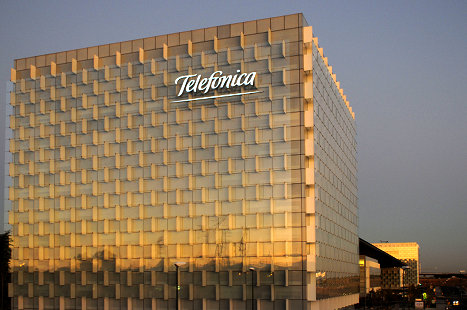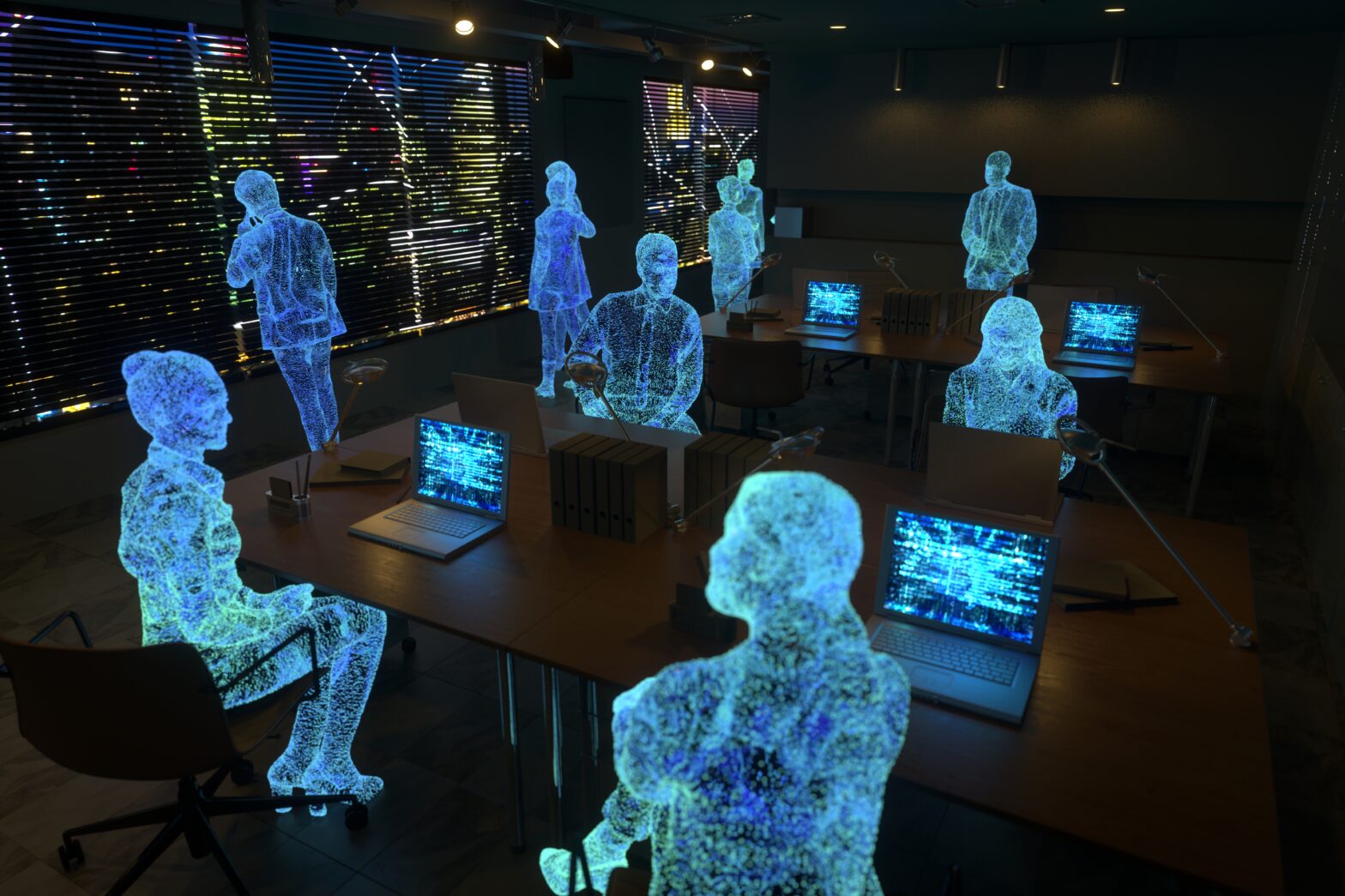Under the deal, Telefonica, which owns O2 in the UK, says it will integrate Aurasma’s augmented reality technology into its mobile media offering, alongside location-based advertising services and marketing campaigns.
In a joint statement with Aurasma, the Spanish telco said that the deal is the biggest ever in the augmented reality space, with the scope to reach 25 markets and 300 million customers.
The partnership will initially be rolled out in the UK through O2 and offered to brands through O2 Media before being extended to other Telefonica markets in the future.
Interesting Links
Augmented reality involves superimposing computer-generated content over a live view of the world, allowing consumers to interact with digital content through devices such as smartphones.
Aurasma says its technology can recognise images and objects, allowing interactive content such as videos, coupons, competitions and 3D animations to be unlocked from virtually any type of media, including outdoor billboards, print adverts, products, physical locations and in-store materials.
The augmented reality company, which is owned by HP, says it has attracted more than 8,000 commercial partners to its platforms and reached more than 4 million downloads of its app. Analyst firm Semico predicts that the total augmented reality market will be worth $600 billion by 2016.
“Augmented reality has the potential to fundamentally change advertising, transforming current static formats and introducing new levels of interactivity,” said Shaun Gregory, global director of advertising at Telefonica Digital. “Aurasma is the undoubted leader in this space, with a uniquely scalable platform approach and best-in-class image recognition technology.”
Matt Mills, head of global partnerships at Aurasma, said, “We are delighted to be working with Telefonica – one of the world’s largest and most innovative telecoms companies. Telefonica has a deep understanding of the whole mobile ecosystem and so immediately grasped Aurasma’s potential to transform the way that people use their phones to engage with the world.
“We look forward to working with the Telefonica Digital team to bring this transformation to the thousands of brands that advertise through their media services and over 300 million Telefonica customers," said Mills.
Last year, Tesco trialled augmented reality technology that allowed shoppers to view 3D images of products before buying them both in store and online. The system, based on technology from a UK company called Kishino, allowed online shoppers to view images of selected products by holding its QR code up to their webcam.










